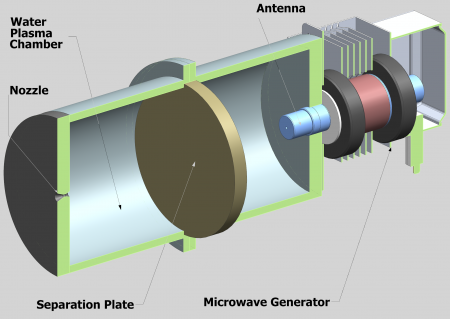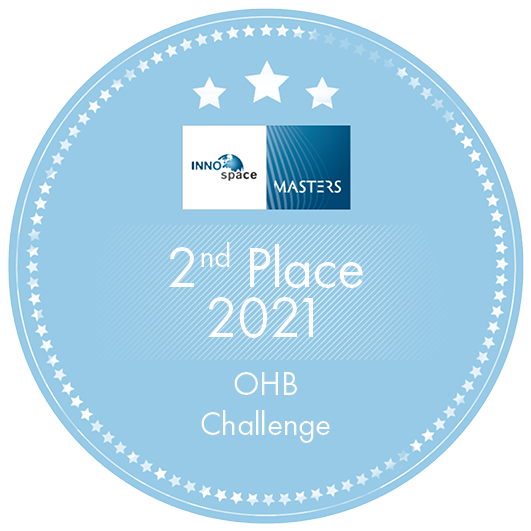Sustainable spacecraft propulsion by water as the expellant mass

Water is abundant in the solar system. It can be found on the Moon, Mars, the icy moons of Jupiter and on smaller celestial bodies such as asteroids. Considering that it is a must for long-term human presence in space and that it can be used for many purposes, such as radiation shielding or energy storage, it is also conceivable to use it as a propellant or expellant in a propulsion system. It has ideal properties as an expellant: high density, a liquid state at low energy conditions, it is unharmful and simple to handle. Heating the water to plasma state and expanding it in a nozzle forms a highly effective, yet simple, type of electric propulsion system. The high achievable temperature enables a significant saving in propellant mass over chemical in-orbit propulsion systems. The author’s proposal is to make use of advancements in electronics and manufacturing to push this known concept to a new stage within a joint research project. Earlier laboratory demonstrators used bulky and inflexible magnetrons with a high voltage input. A new type of solid-state microwave generator enables a lightweight design and excellent tunability at a low voltage, yet with a high power level. Contactless, low-wear heating of a
green expellant such as water open up an excellent opportunity within propulsion technology. The simplicity of such a propellant also reduces the risk assessment of the system in general and on rideshare missions.
Benefits:
- Water as a cheap, green expellant
- Simple, long-term reliability due to contactless heating
- Uncomplicated approval process due to high safety
- Greater payload than for chemical propulsion systems
